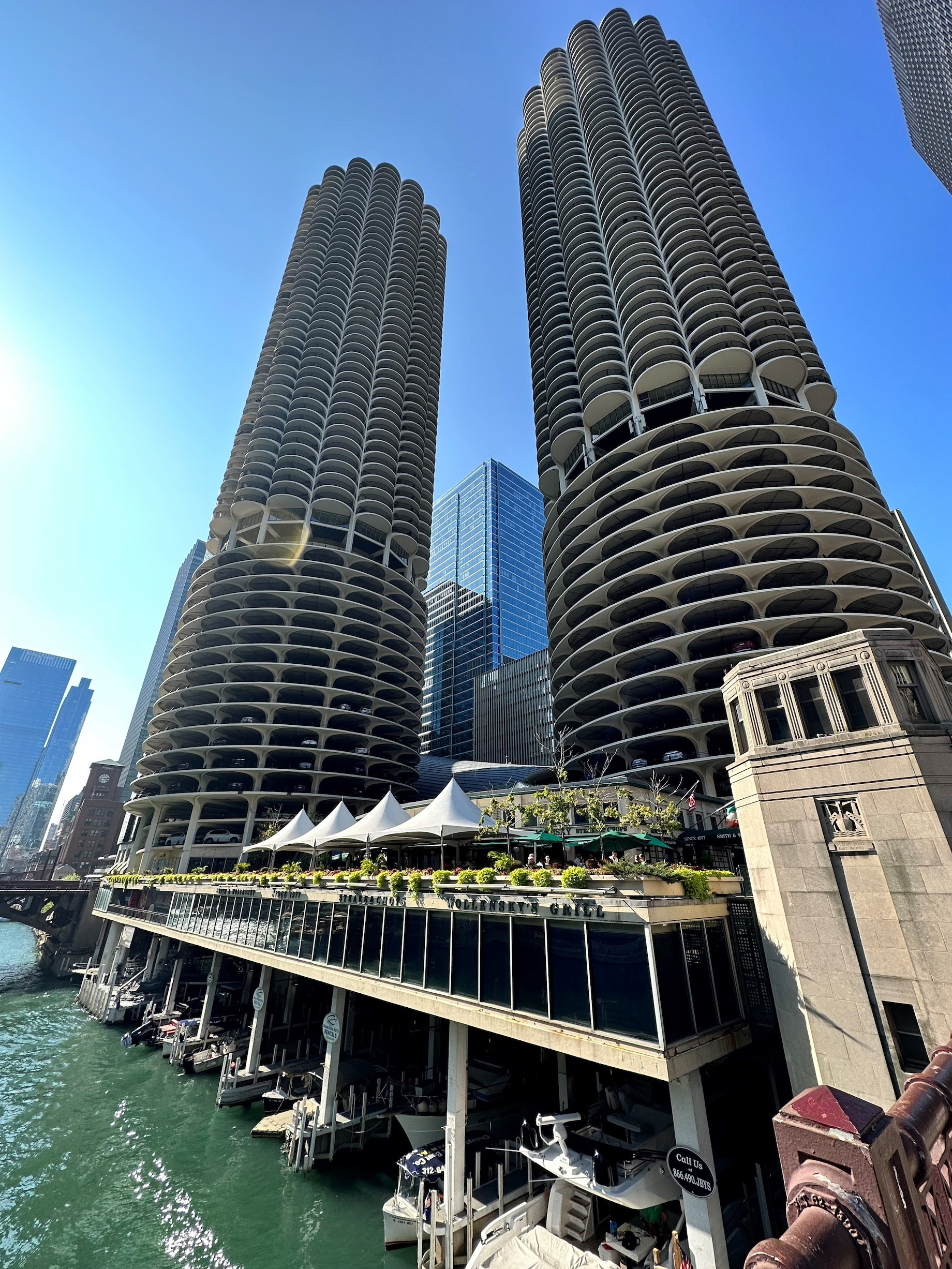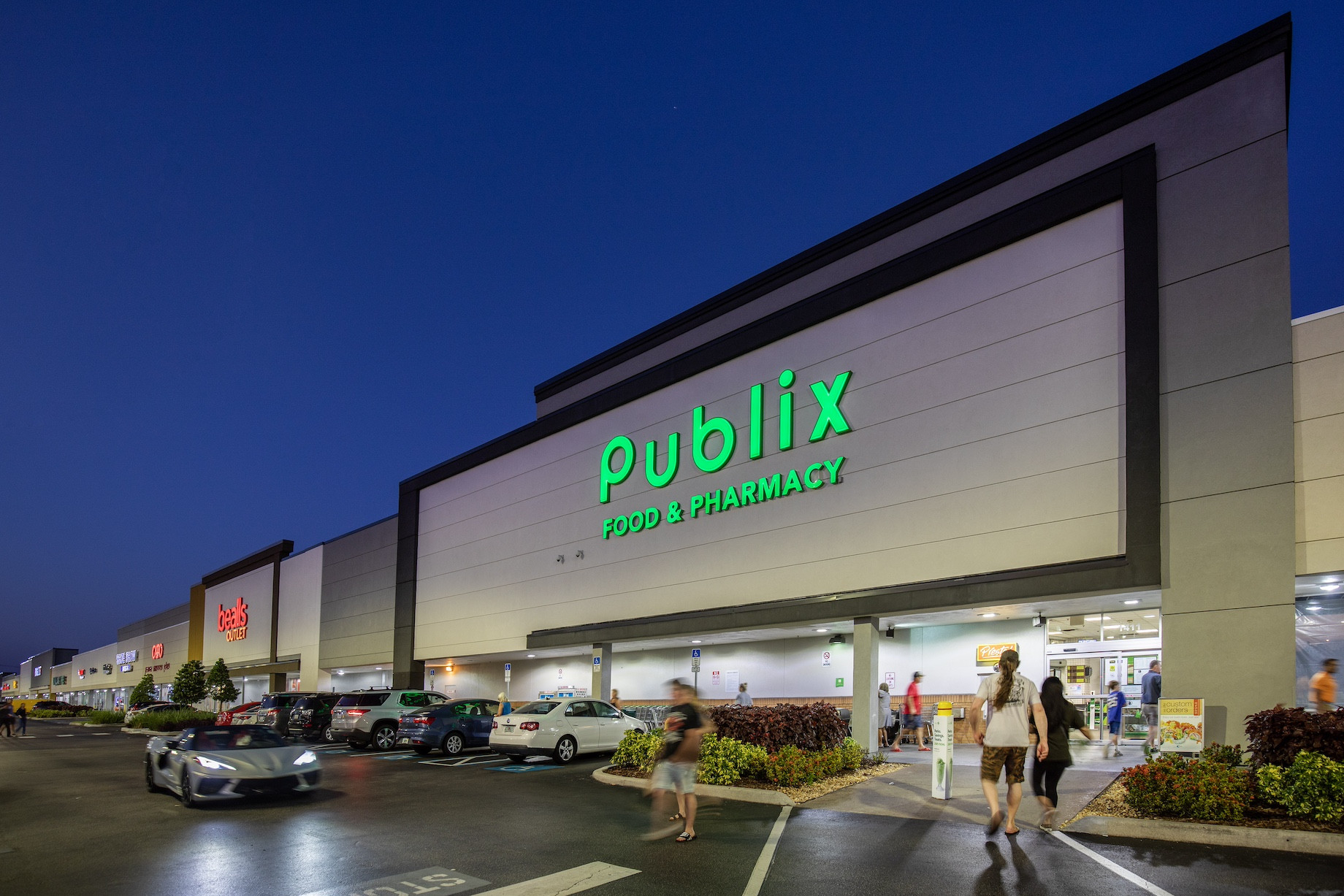Sperry Equities is a rare investment group that has kept its foot on the gas for the past year or so as both an active buyer and seller. The company’s map for the coming year, however, aligns more with its peers, and that’s because other investors expect to spend money this year, too.
Sperry Equities has significant dry powder that it hopes to put to work this year. The company is sitting on about $100 million in “patient money,” and a property sale in escrow will yield another $44 million in 1031 exchange proceeds that will need to be reinvested. Its strategy is to deploy that capital across retail and industrial properties in markets like Denver, Dallas, Chicago, Atlanta, Phoenix and Salt Lake City. The biggest hurdle is finding good opportunities.
There is a limited inventory of for-sale properties, and on those assets that are coming to the market, pricing is still “all over the place,” said Sperry Equities president Burton Young. “I believe some sellers that were prepared to sell at market [prices] at the end of last year are rethinking and waiting longer to see what the Fed does with interest rates,” he said.
Challenges in the investment sales market amid high interest rates are evident in lower transaction volume. According to MSCI Real Assets, retail property sales totaled $57.3 billion in 2023, a 38% drop from 2022. However, retail fared better than the broader commercial real estate market’s 51% drop.
“Investors are starting to recognize that retail is a lot more resilient and consistent than other product types.”
In this volatile market, the retail sector’s numbers are tremendous, said Barry Brown, JLL Capital Markets senior managing director and retail group leader in Dallas. Retail transaction volume’s decline from 2019 is even slighter, at 15%, according to MSCI Real Assets. “Investors are starting to recognize that retail is a lot more resilient and consistent than other product types,” he said. Occupancies are at all-time highs, operating performance is extremely strong and there is very little retailer bankruptcy activity dragging on the market, he added.

Sperry Equities has completed 12 significant transactions over the past 18 months, including four shopping center deals that closed in the fourth quarter totaling $56 million. Among recent buys is the retail condo portion of downtown Chicago’s Marina City residential towers, designed as a city within a city.
Buyers Return to the Market
Though high interest rates are still a headwind, investor sentiment has taken a more positive turn. More than half the investors who responded to CBRE’s 2024 U.S. Investor Intentions Survey plan to buy more assets in 2024 than in 2023. In addition, 40% plan to sell more than last year, which should create more for-sale inventory. However, the first half of the year could see a slow start; 54% believe activity will increase in the second half of the year. Another 34% think that increase won’t come until the first half of 2025.
Brookwood Financial is one firm plans to be more active after purchasing just one property last year. It aims to spend more than $200 million on grocery-anchored and strip centers in Florida over the next two years. “As we reenter buying in the retail sector, we see robust fundamentals and limited new construction, creating a unique time to grow our portfolio,” said senior vice president of acquisitions Jory Crowell.

Brookwood Financial’s sole 2023 acquisition was a 211,000-square-foot, Publix-anchored center in Melbourne, Florida.
Investors are dusting off investment strategies in anticipation of Fed rate cuts. The 10-year Treasury rate has dropped more than 70 basis points from its October peak to 4.25% on Friday. “Sentiment is much more positive, and that’s flowing over into 2024,” said Brown. He expects to see more shopping centers trading this year, including more larger deals above $100 million.
Though private equity groups have dominated acquisitions over the past year, Brown expects that more institutional capital will target retail assets in 2024. “Whether it’s private equity firms, investment managers or separate accounts, most are starting to have a mandate to increase their retail exposure or get into the retail space, which most have been out for the past five or six years,” he said. “I think we’ll see more and more activity from investors coming into the game over the next six months.” REITs also have good liquidity and are likely to be more active on the buy side.
MORE FROM C+CT: REITs Have Entered the Starting Gates, Ready for Sellers to Start the Race
Closing the Pricing Gap
Buyers hope more properties will come to market in 2024. “There have been a lot of deals that have been on the shelf or on the sidelines for several years, just due to all the volatility that we’ve seen in the market,” said Brown. Brokers see more owners considering moving assets into the market. “I don’t expect that we’re going to have a huge surge over the next 30 days, but I do believe in March and April, we’re going see a lot more than what we’ve seen in the last year and a half,” he said.
Crowell noted: “We are seeing an increasing amount of attractive opportunities in South Florida and the Orlando area that contain a stable grocer with strong sales, limited near-term rollover and a few vacant suites. We attribute this improving activity to the Fed’s signaling to the market that it is done raising interest rates.”
“The market is starting to see the ask coming to the bid.”
Another positive for deal flow is that the pricing gap is narrowing. According to MSCI Real Assets, cap rates on shopping centers increased 40 basis points over 2023 to average 7.3%. However, pricing is still a hurdle for buyers and sellers. In many cases, the sell side has core-plus expectations and the buy side has capital to buy value-add transactions. Effectively, that’s a big gap, noted Brown. “What that really means is that core-plus ranges from leverage [internal rates of return] of 11 to 14% and value-add is pricing at 15 to just under 20%. However, the market is starting to see the ask coming to the bid.”
Properties are trading across the spectrum of retail with the exception of core assets. According to Brown, few core trades have occurred in the past 18 months because the cap rates are lower than the financing costs. So sellers of those properties have remained unwilling to adjust valuations. In comparison, power centers have been an active segment, with cap rates between the high-7% range and 9%. “That sort of pricing is going to be very accretive over today’s market debt,” said Brown.
Still Room for Caution
Buyers are bracing for more competition. Grocery-anchored retail, in particular, remains a favored sector. “Following the pandemic, investment groups recognize there is stability in the income stream and resiliency shown in tenant demand,” noted Crowell. The buyer pool with which Brookwood Financial is competing for grocery-anchored centers today includes private equity, family offices, individuals and 1031 exchange buyers. To find deals in the current market, the company plans to leverage its experience and the relationships it has made during 30 years of owning such properties.
Investors also are vetting opportunities carefully, as there are still downside risks and mixed signals on where the economy is headed. According to MSCI Real Assets, $21.6 billion of distressed assets still overshadow the retail market, and it has identified another $34.9 billion under “potential distress,” meaning that an asset’s current financial position has eroded and it may become financially troubled.
Sperry Equities is proceeding with its strategy as planned. On the sell side, the company is looking to exit stabilized assets that are generating attractive pricing and use the capital to “trade up” on new acquisitions. On the buy side, it will consider grocery-anchored, strip centers and big-box centers in solid markets that have good sales with cap rates between 7 and 9%. In addition, the firm likes properties that have in-place occupancy between 80 and 90%, leaving room to capture some upside.
“The general consensus is that if we go into a recession, it’ll be a soft landing. However, cautious buyers like myself are thinking that the inevitable recession is being stalled due to the election year,” said Young. “If this is the case, we could have another year like last year where buyers and sellers are just not in sync in terms of market pricing. So it could be another low transaction year, but deals will get done.”
By Beth Mattson-Teig
Contributor, Commerce + Communities Today